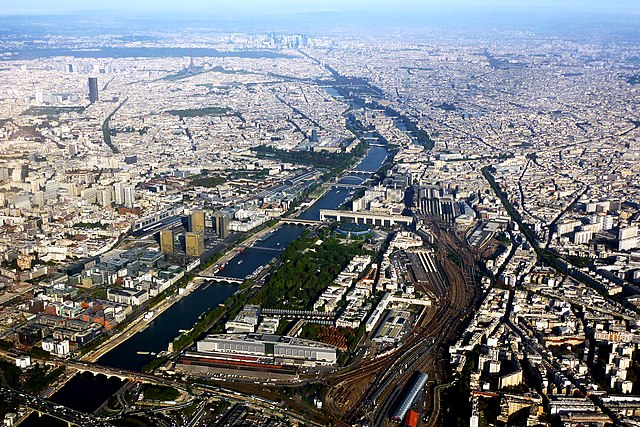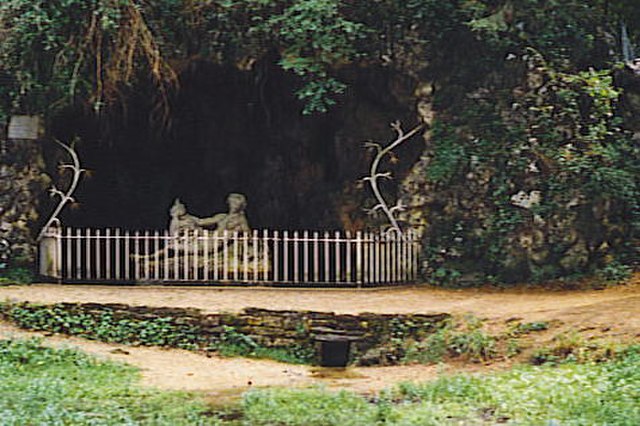Rowing at the 1900 Summer Olympics
At the 1900 Summer Olympics in Paris, four events in rowing were contested, marking the introduction of the sport to the Olympic program. At the inaugural 1896 Games, the rowing competition was cancelled due to strong winds. The 1900 regatta was held on the Seine between the Courbevoie Bridge and the Asnières Bridge on 25 and 26 August. The length of the regatta course was 1,750 metres. Two finals were held in the coxed four competition, with both finals being considered Olympic championships. Thus, there were a total of five rowing championships awarded.
François Brandt (left), Roelof Klein and their coxswain, after the coxed pair final at the 1900 Olympics
The Seine is a 777-kilometre-long (483 mi) river in northern France. Its drainage basin is in the Paris Basin covering most of northern France. It rises at Source-Seine, 30 kilometres (19 mi) northwest of Dijon in northeastern France in the Langres plateau, flowing through Paris and into the English Channel at Le Havre. It is navigable by ocean-going vessels as far as Rouen, 120 kilometres (75 mi) from the sea. Over 60 percent of its length, as far as Burgundy, is negotiable by large barges and most tour boats, and nearly its whole length is available for recreational boating; excursion boats offer sightseeing tours of the river banks in the capital city, Paris.
The Seine in Paris
View over the Seine in Paris, Pont des Invalides in the foreground, Eiffel tower in the background
The source of the Seine
The gigantic Cratère de Vix - at 1.64 meters high, the largest bronze vessel of all antiquity, circa 500 BC





